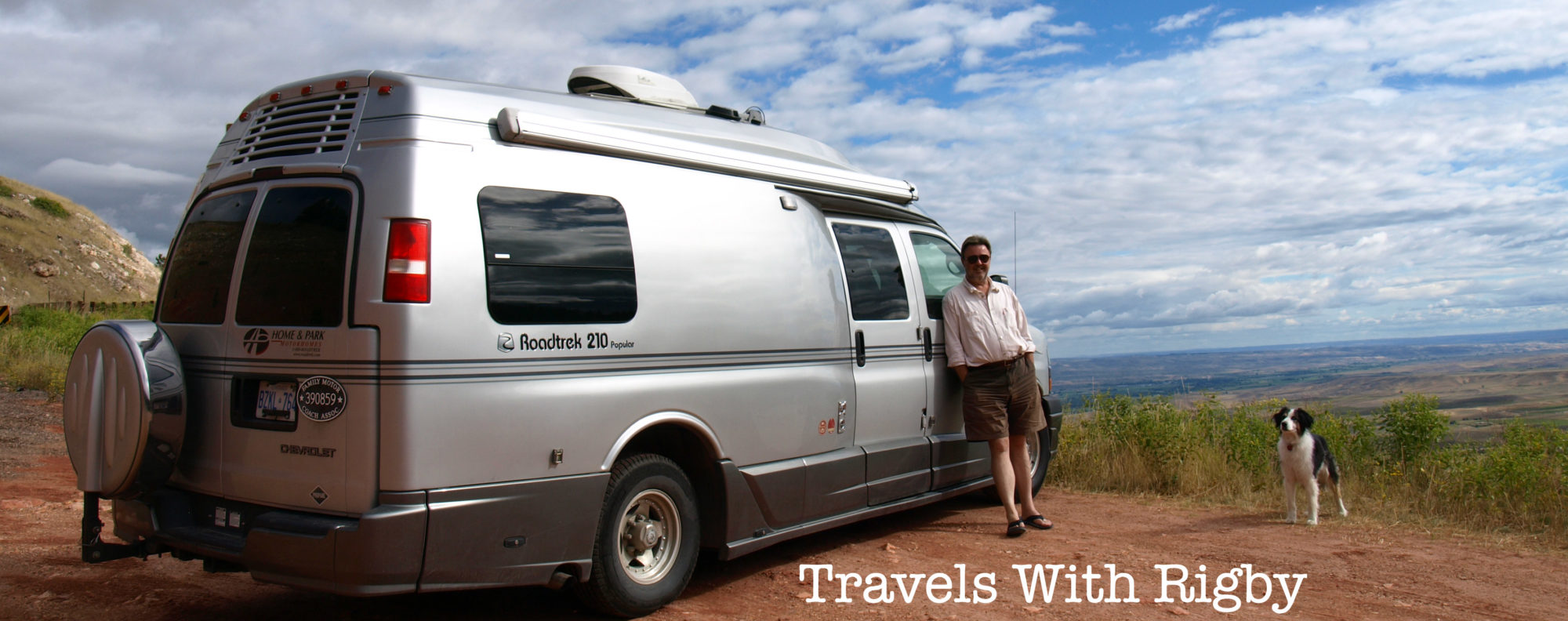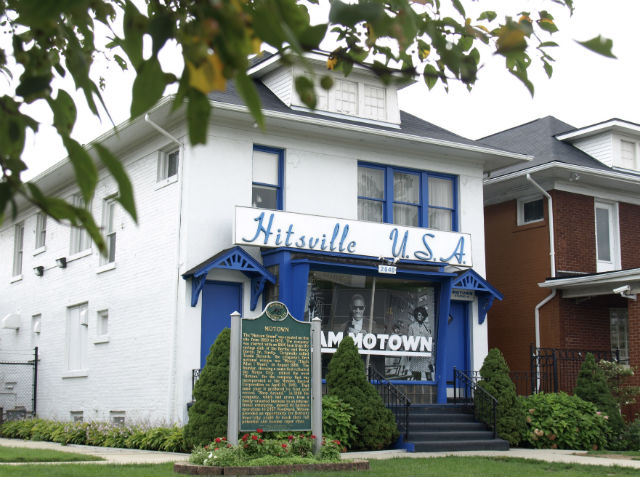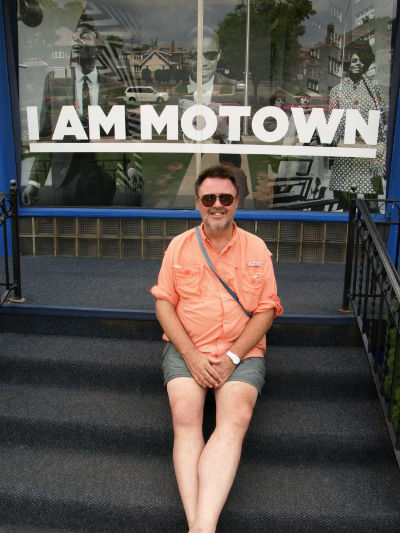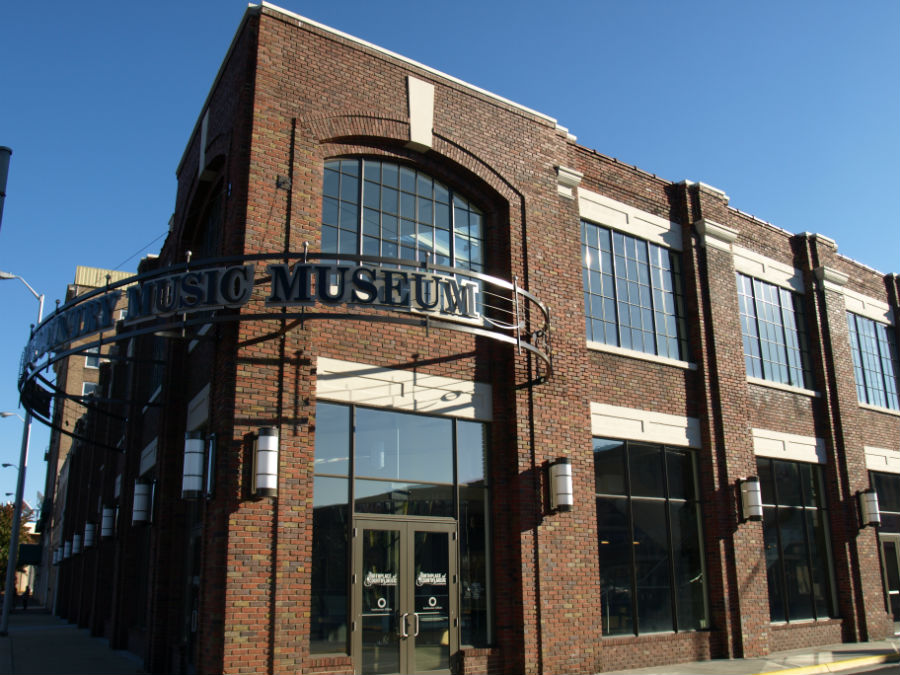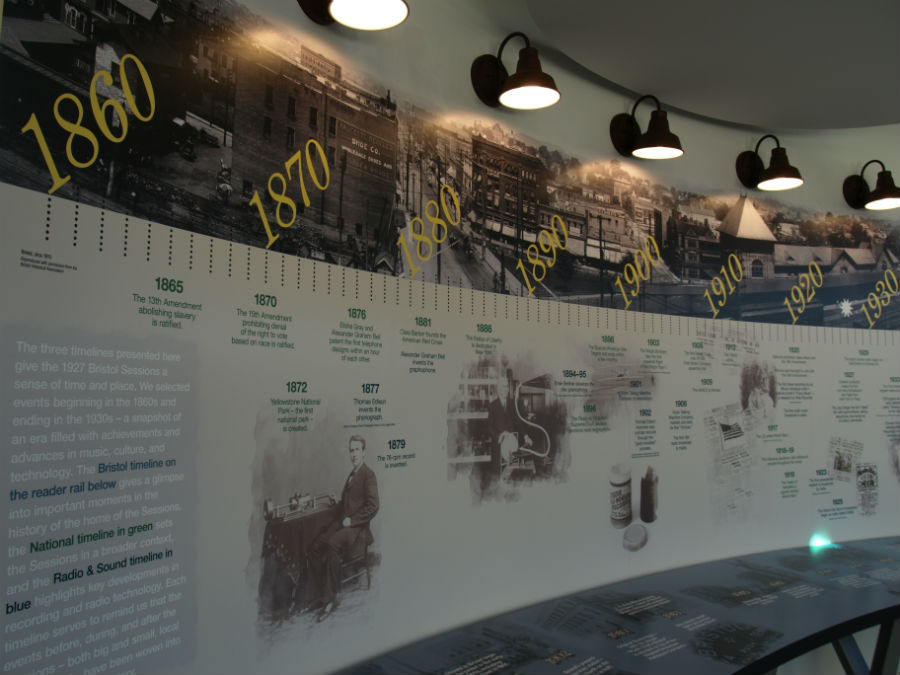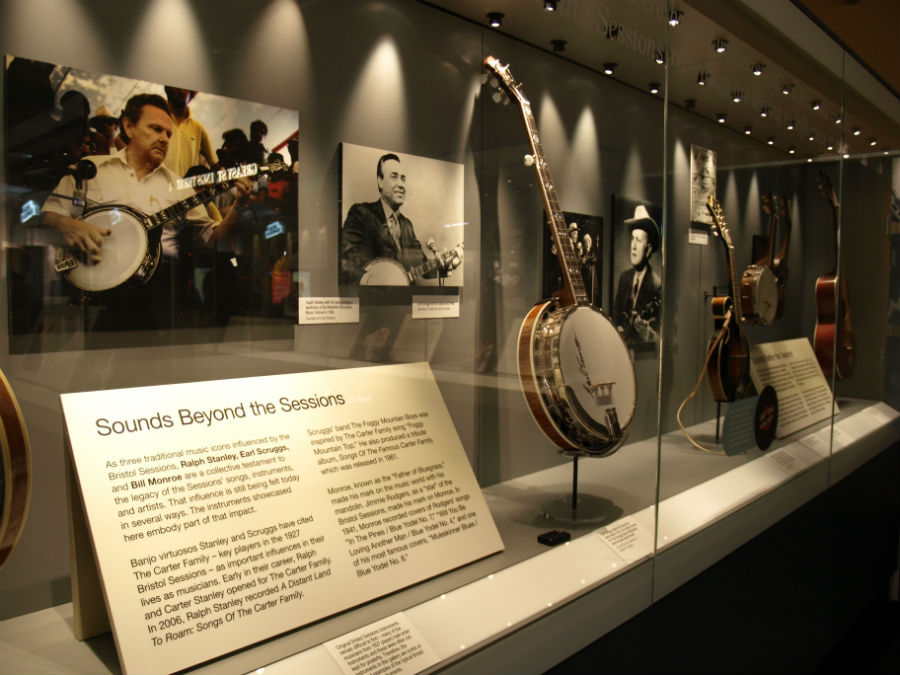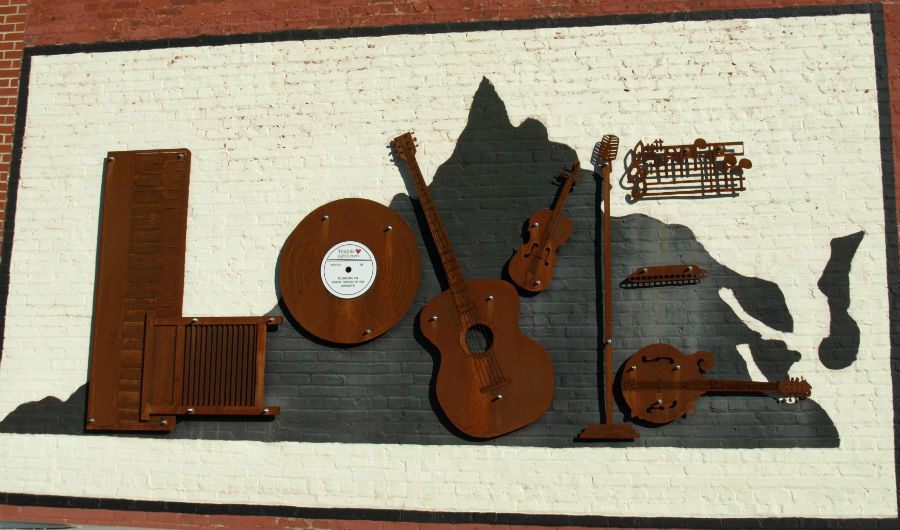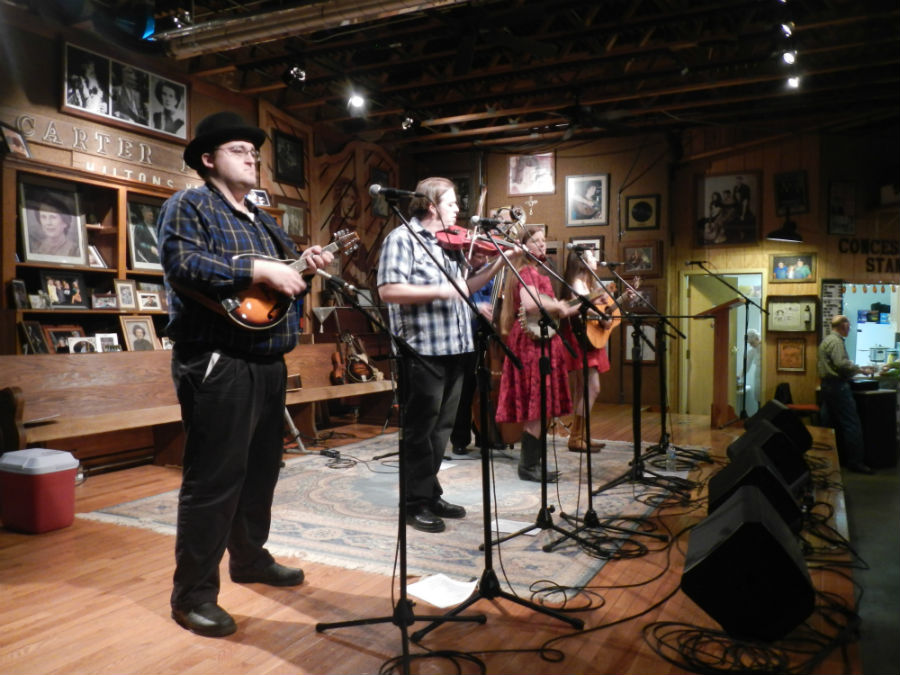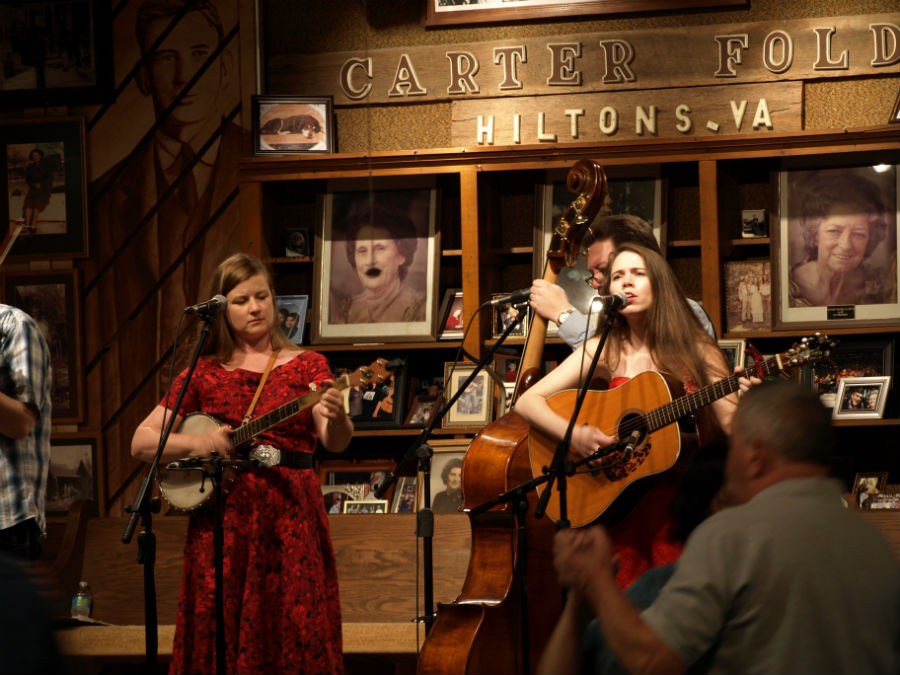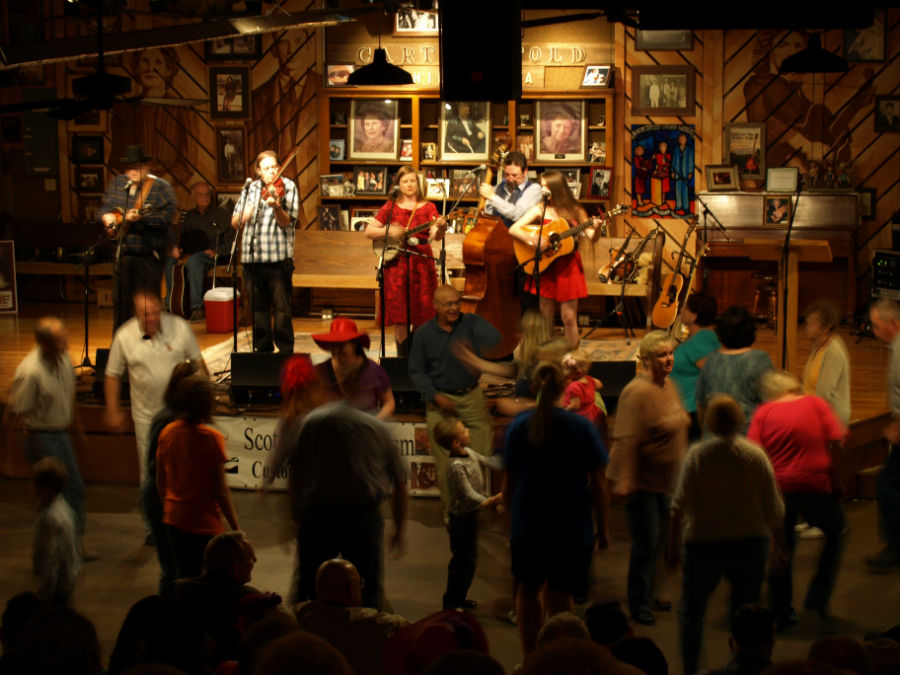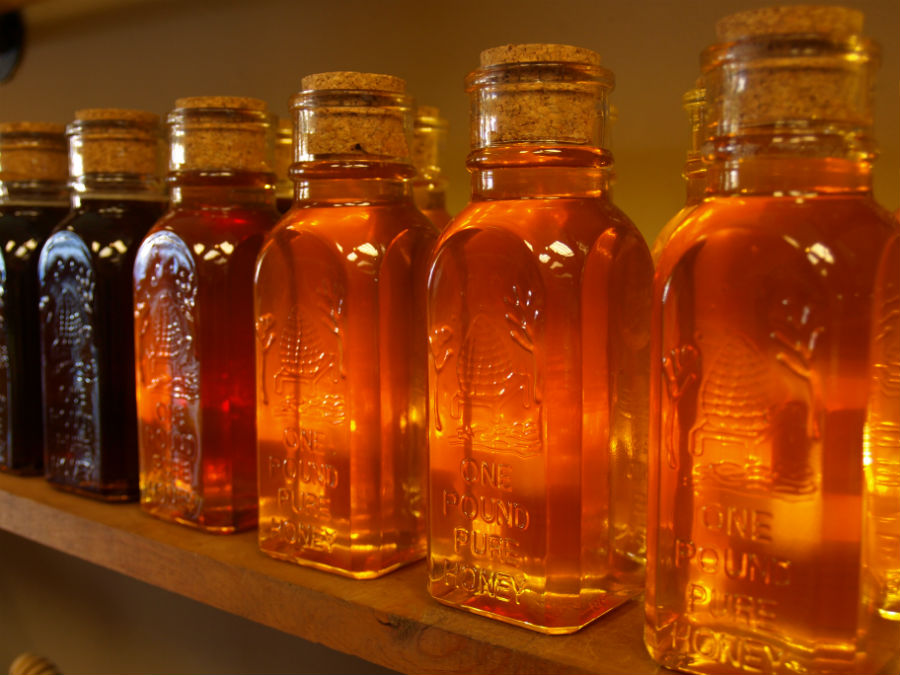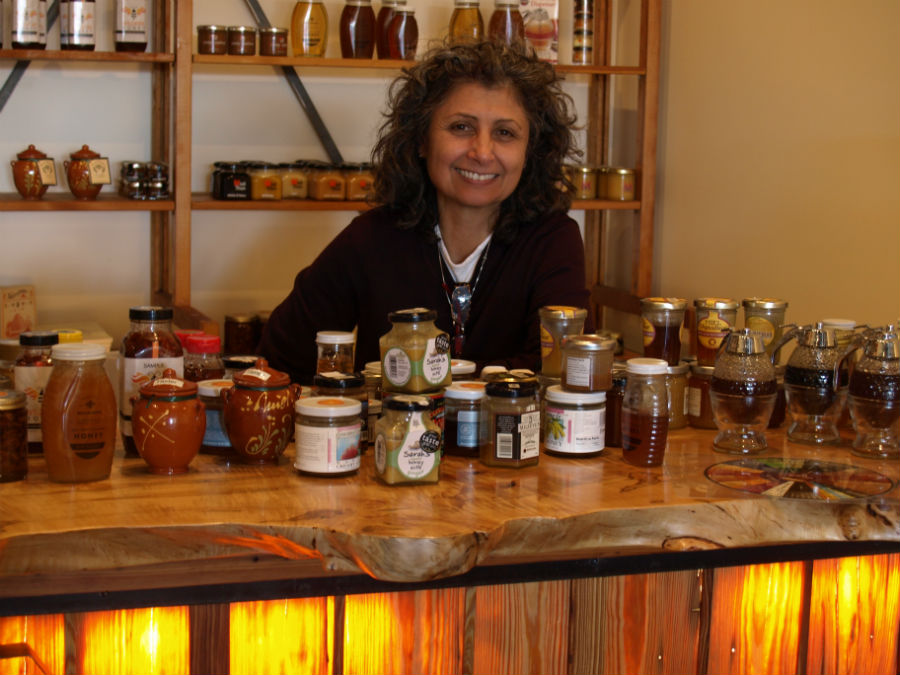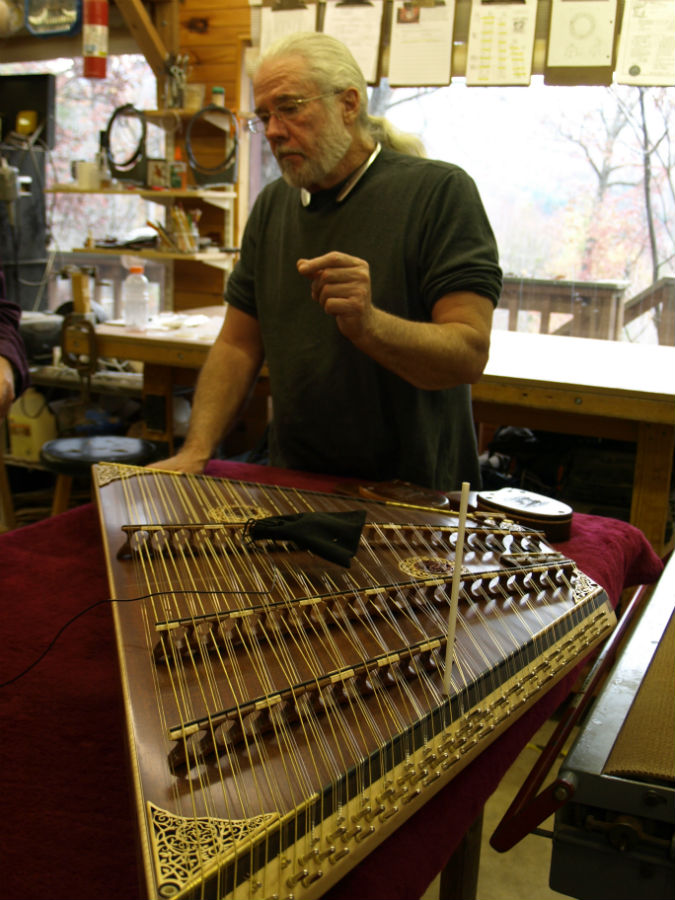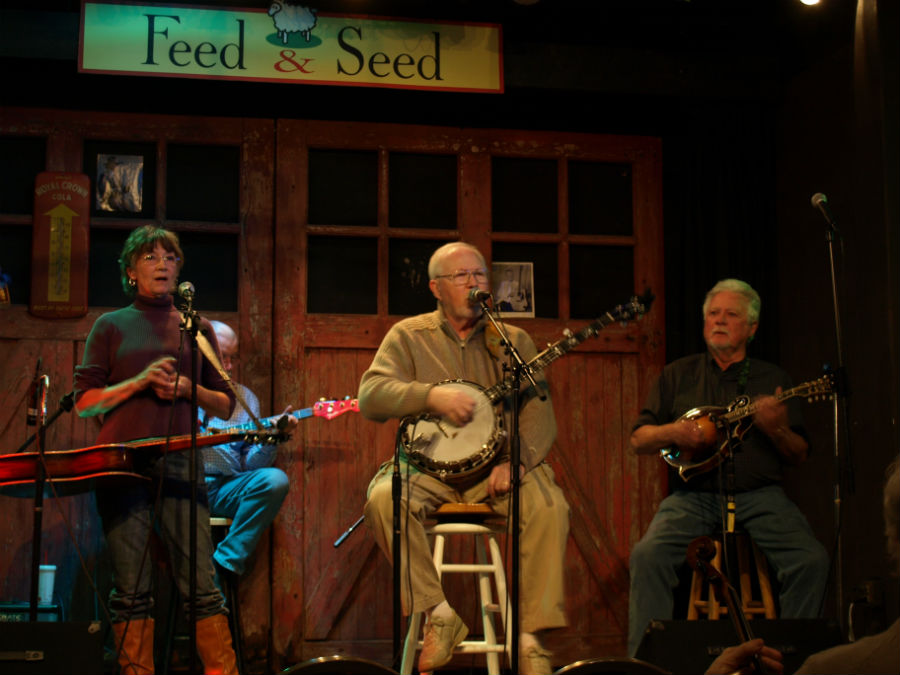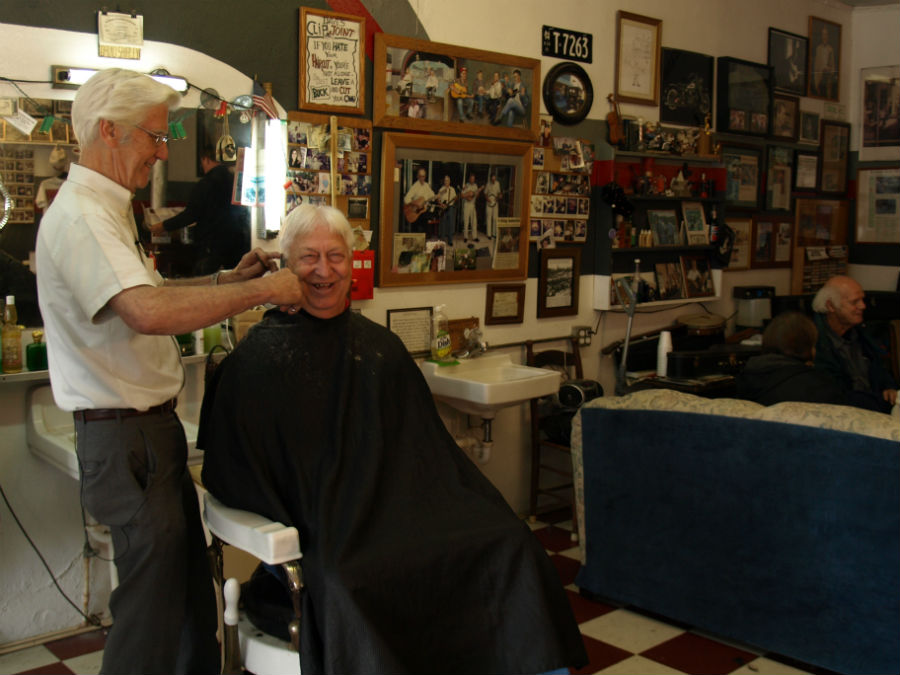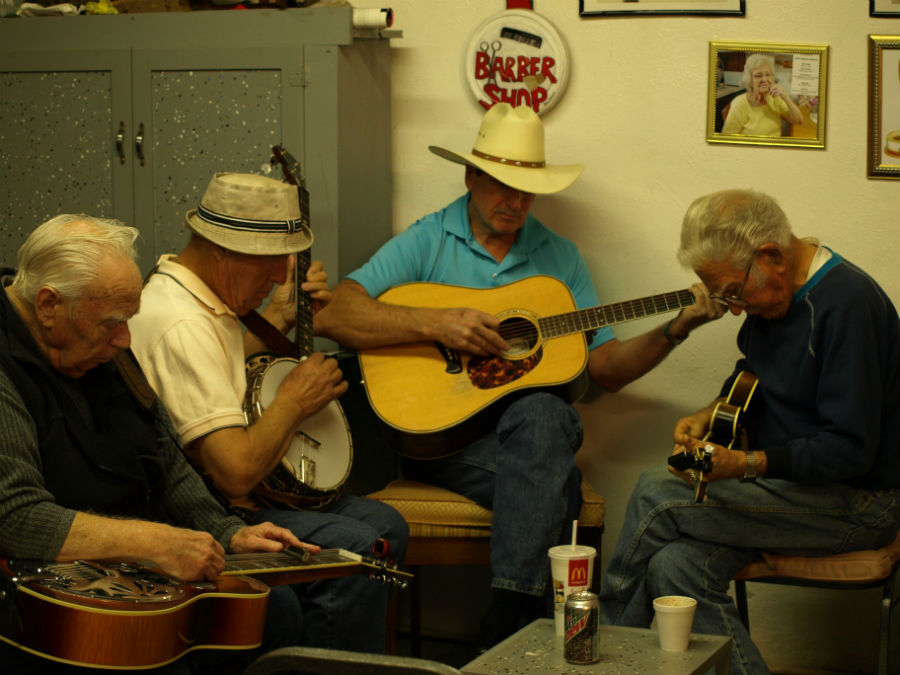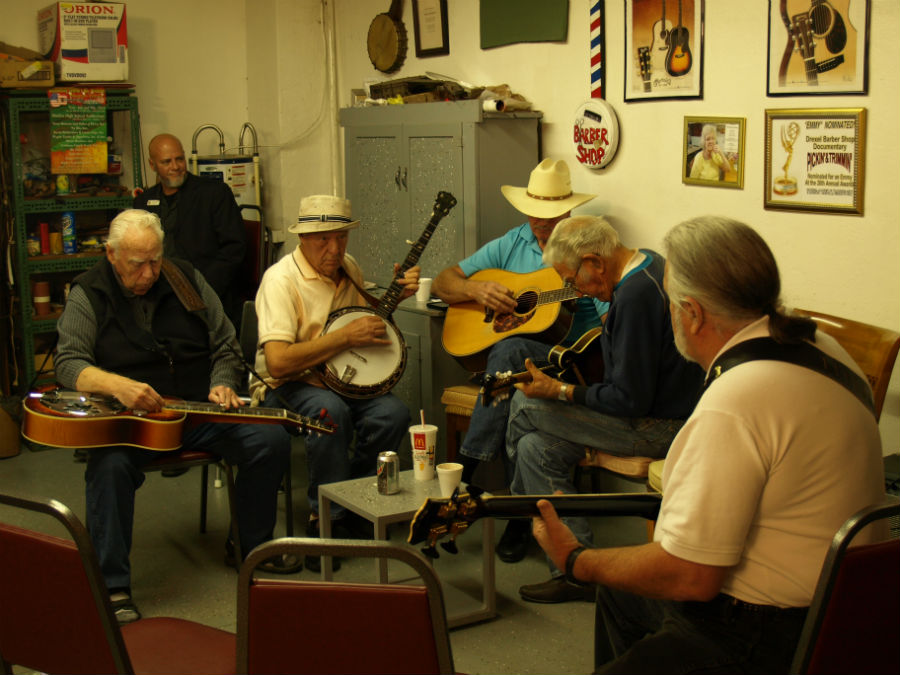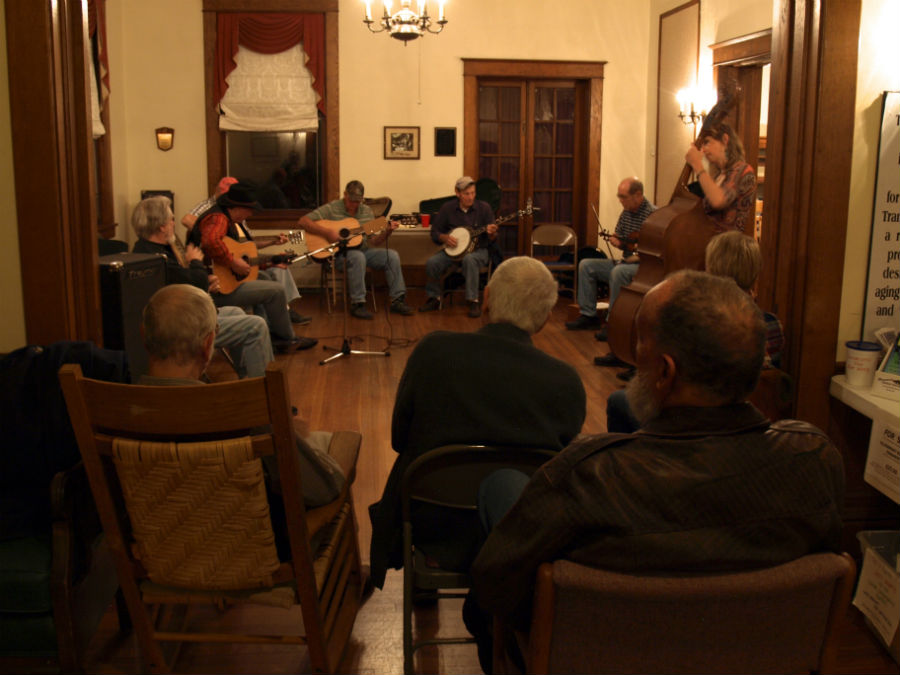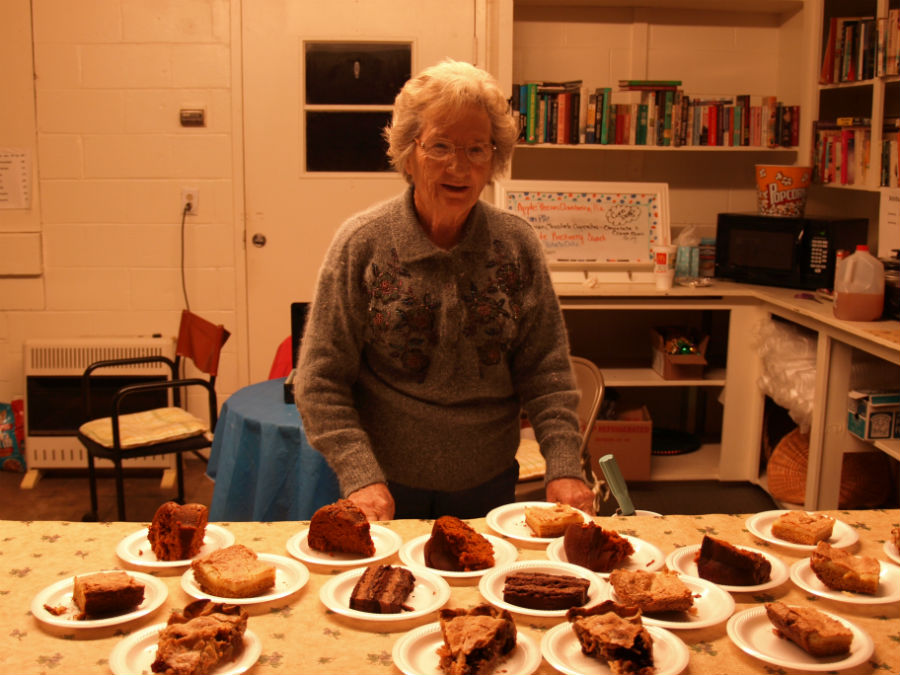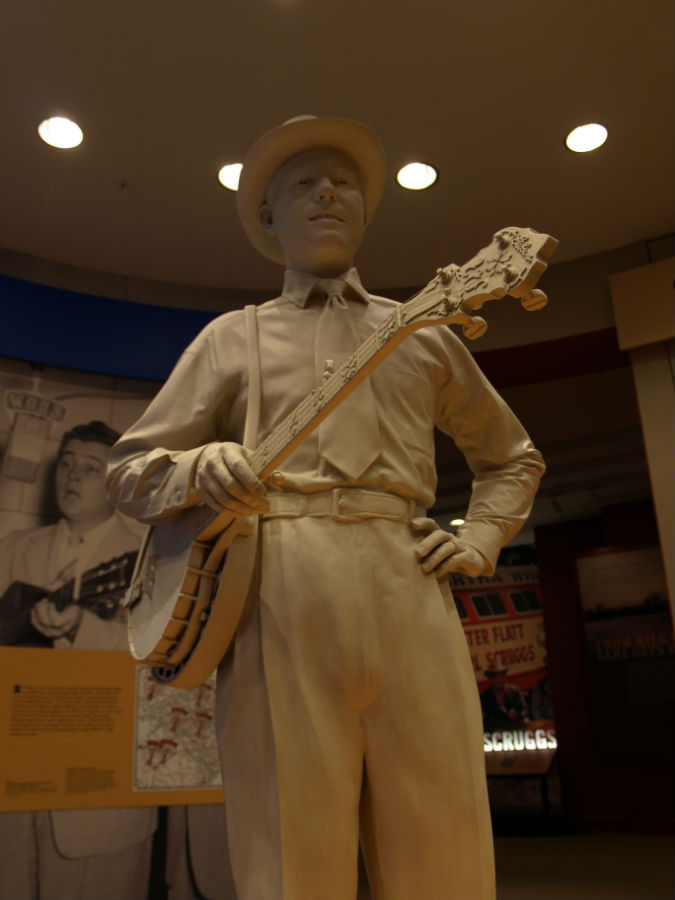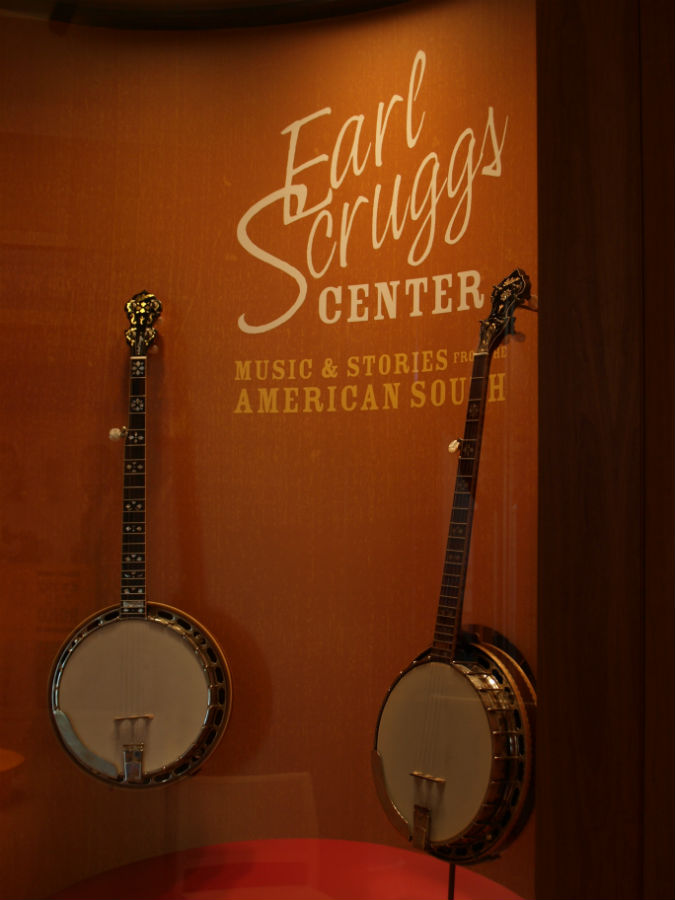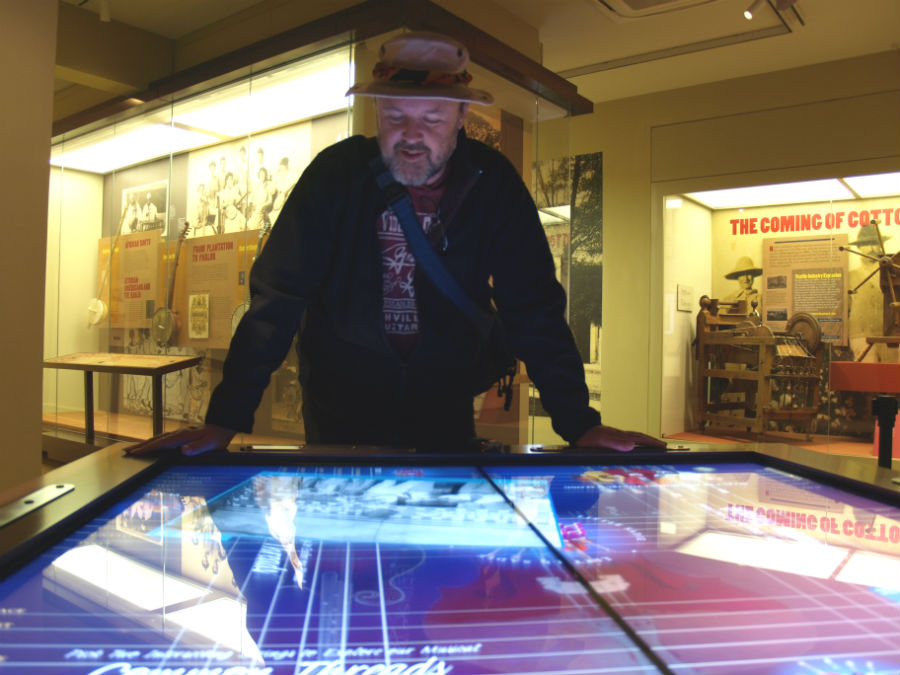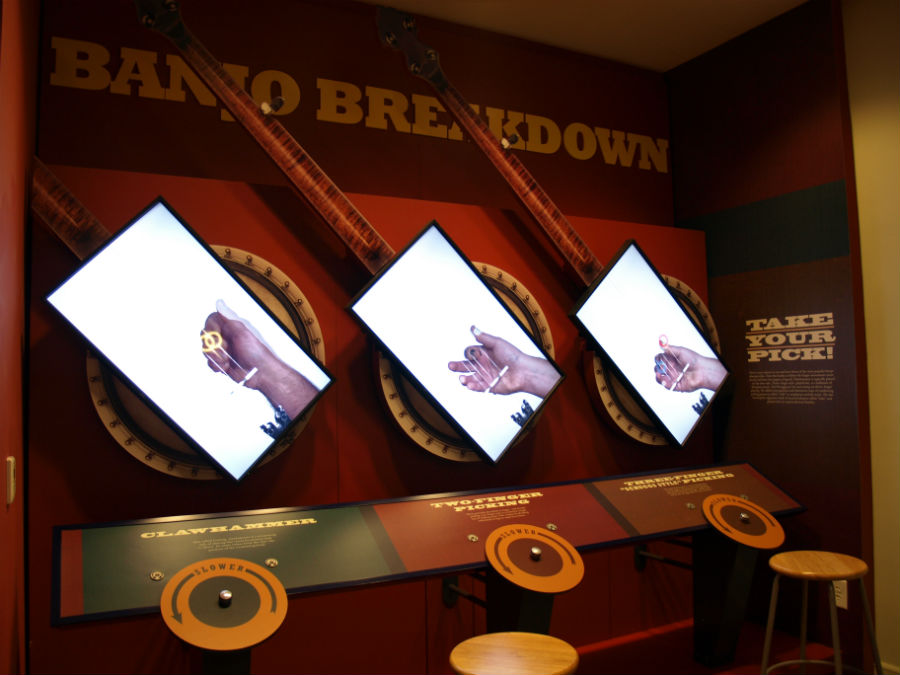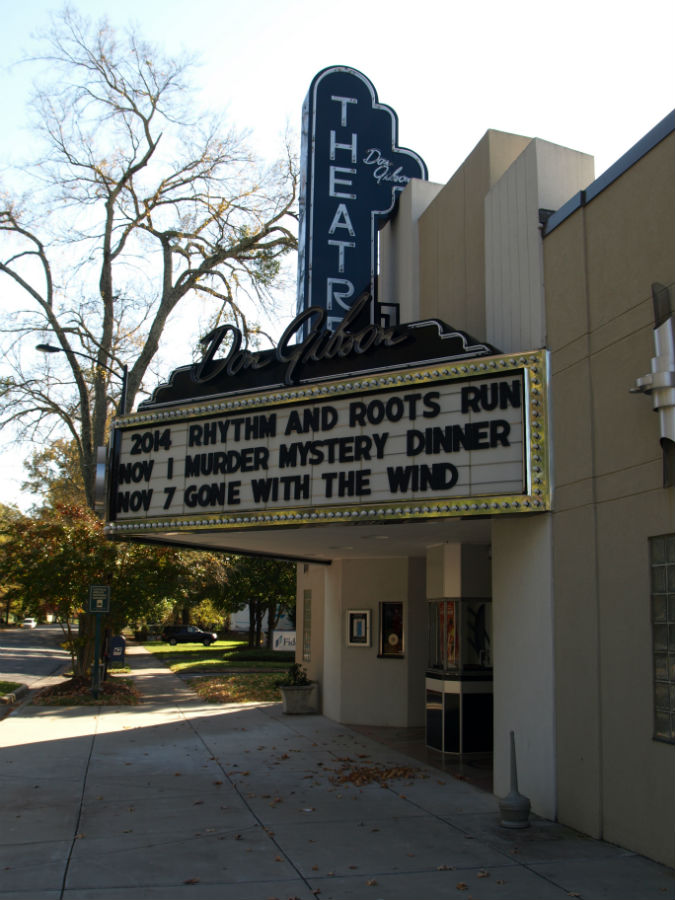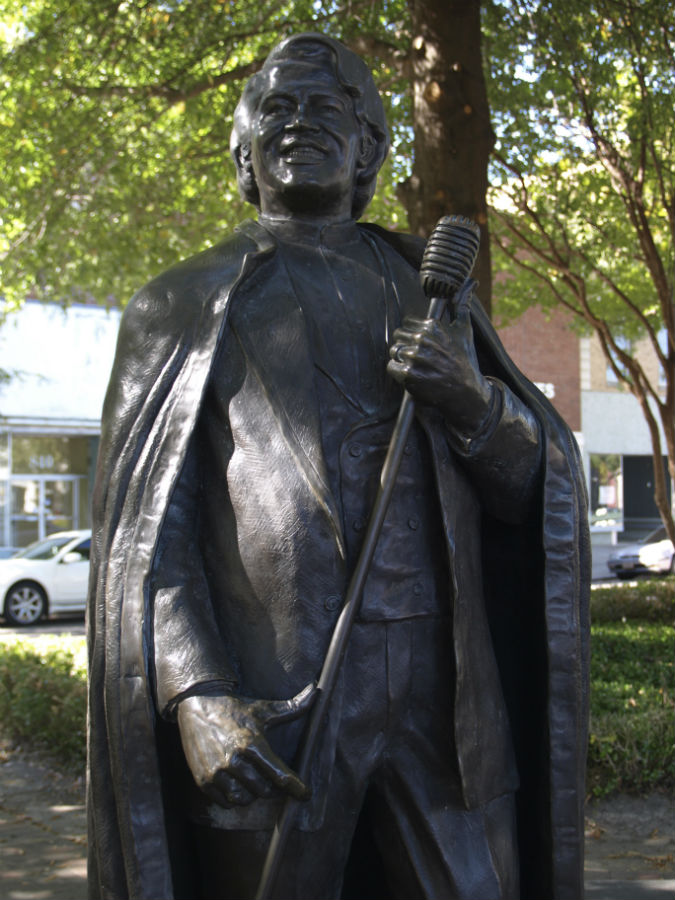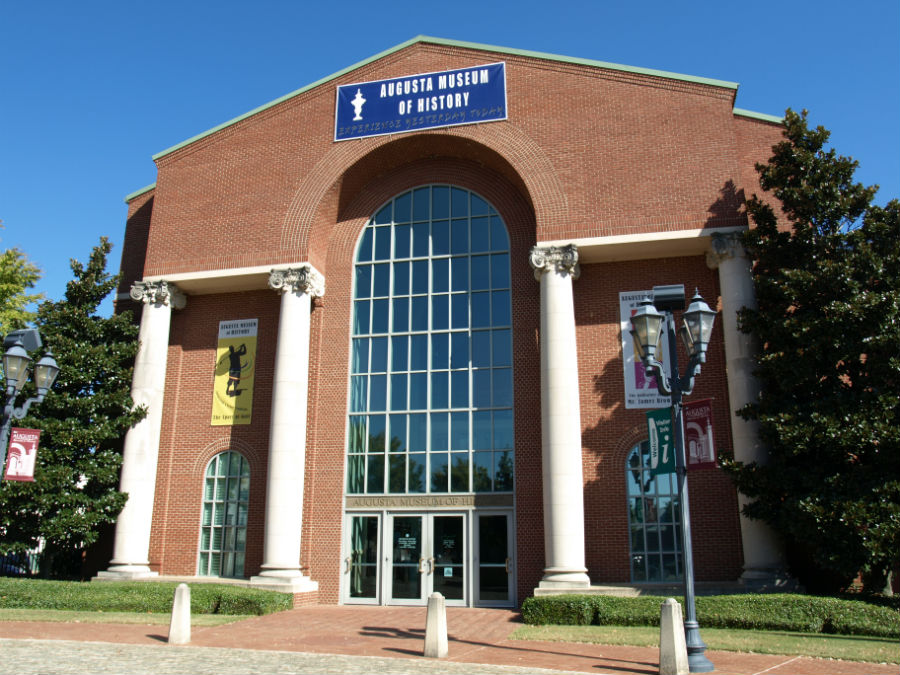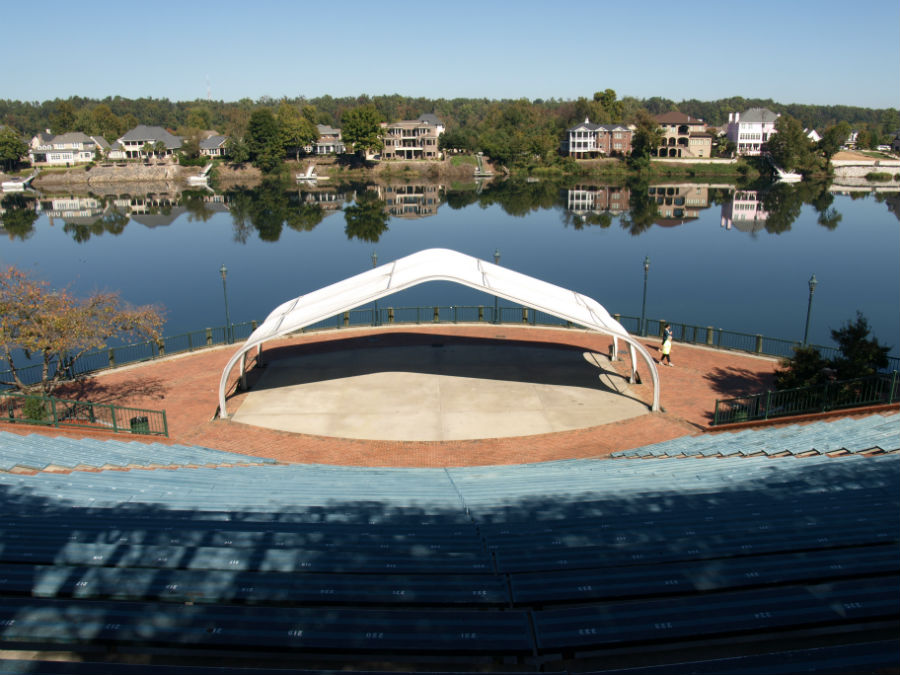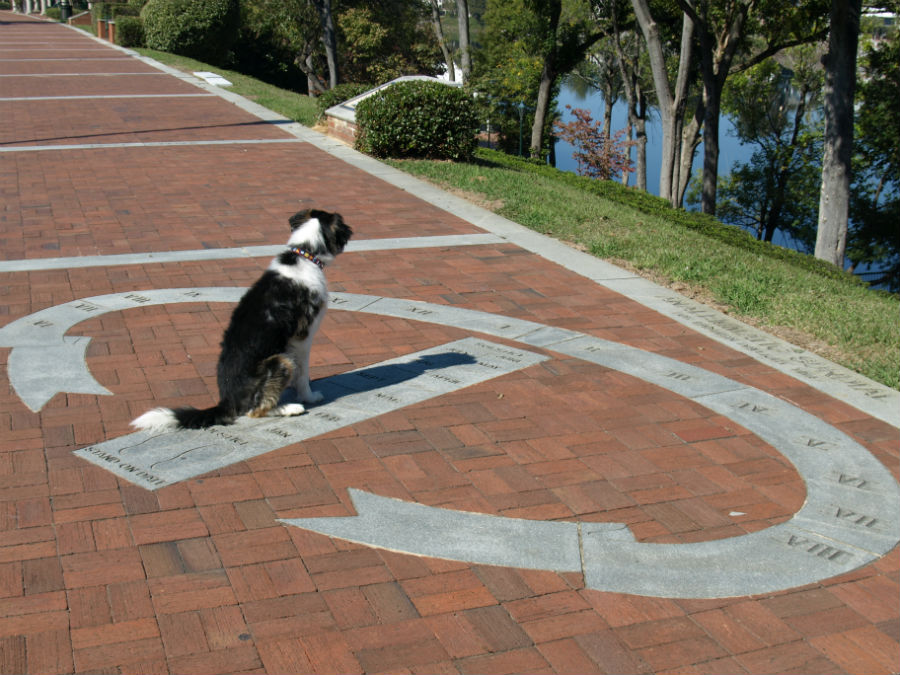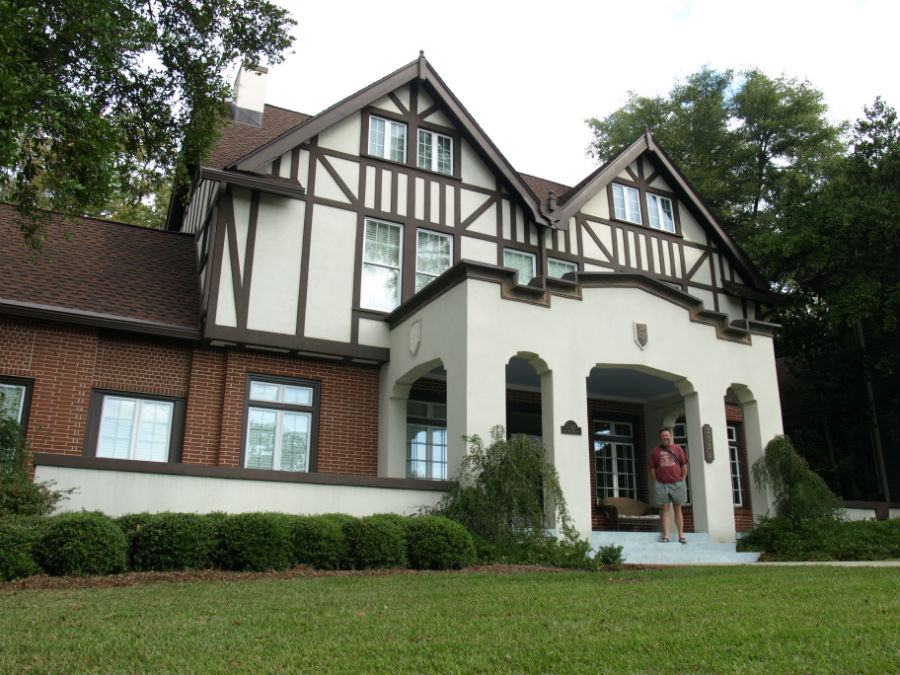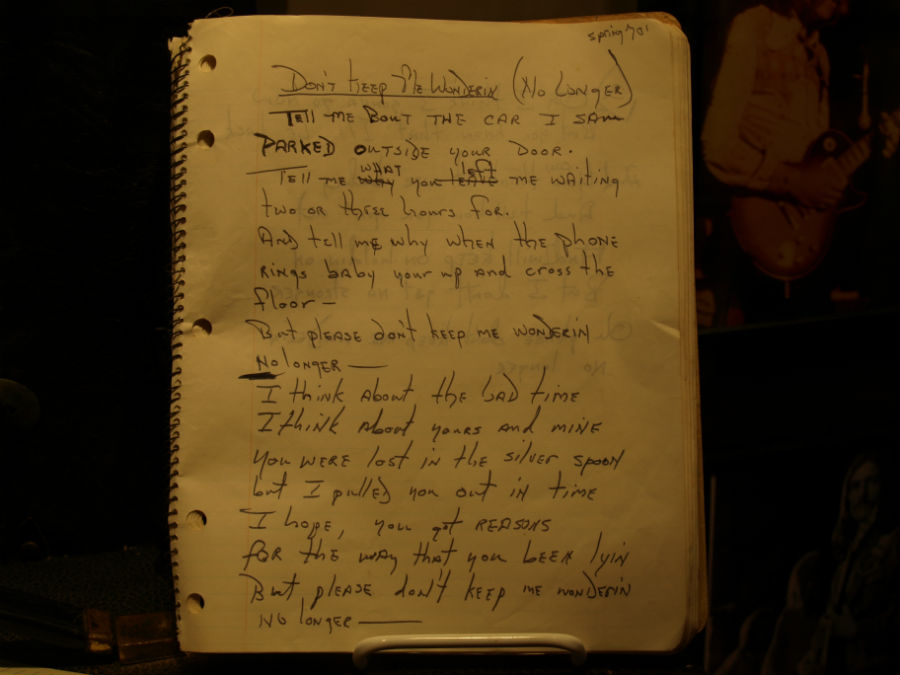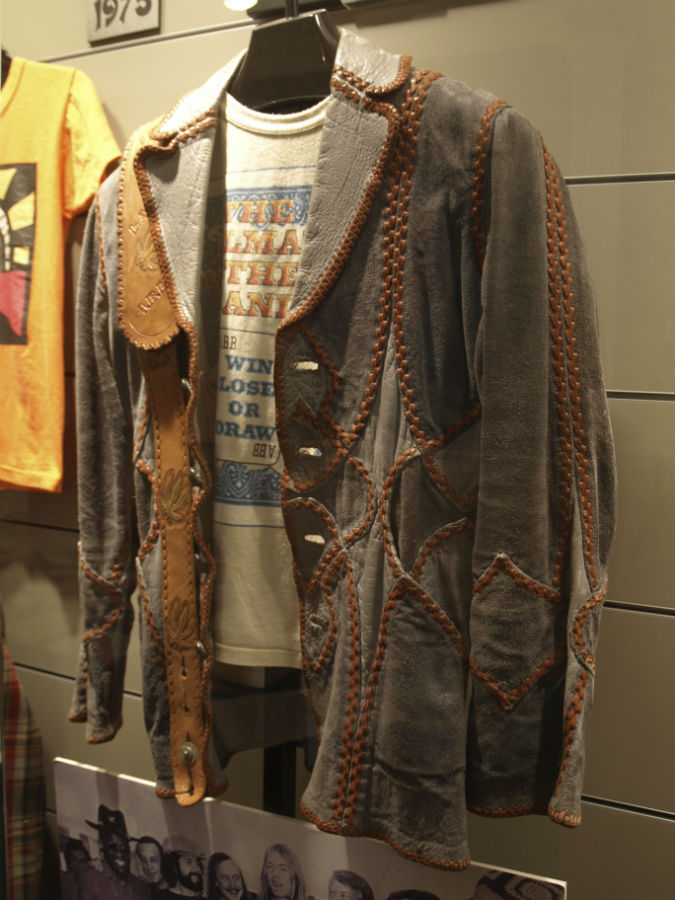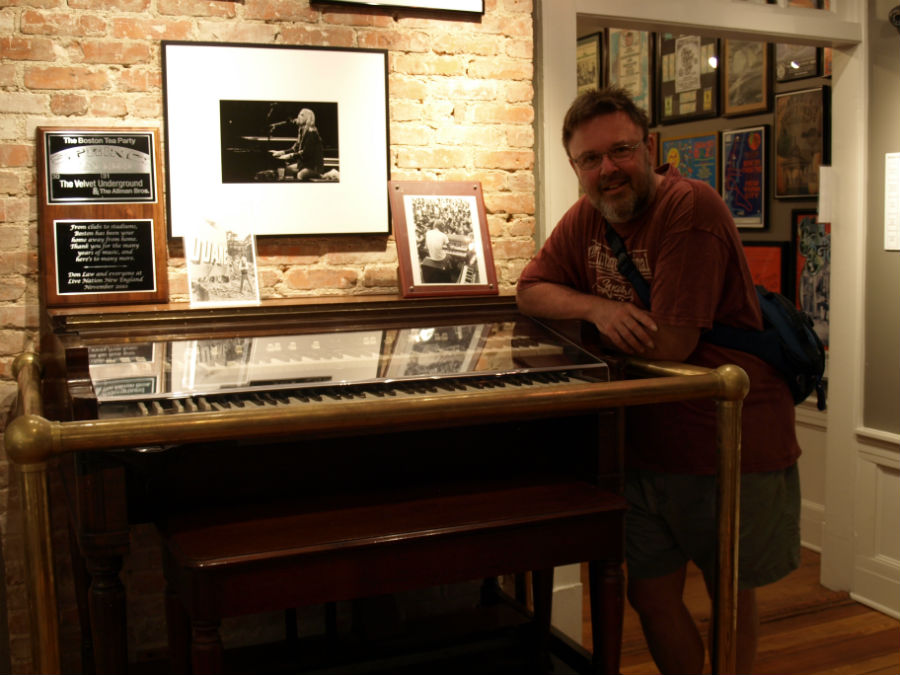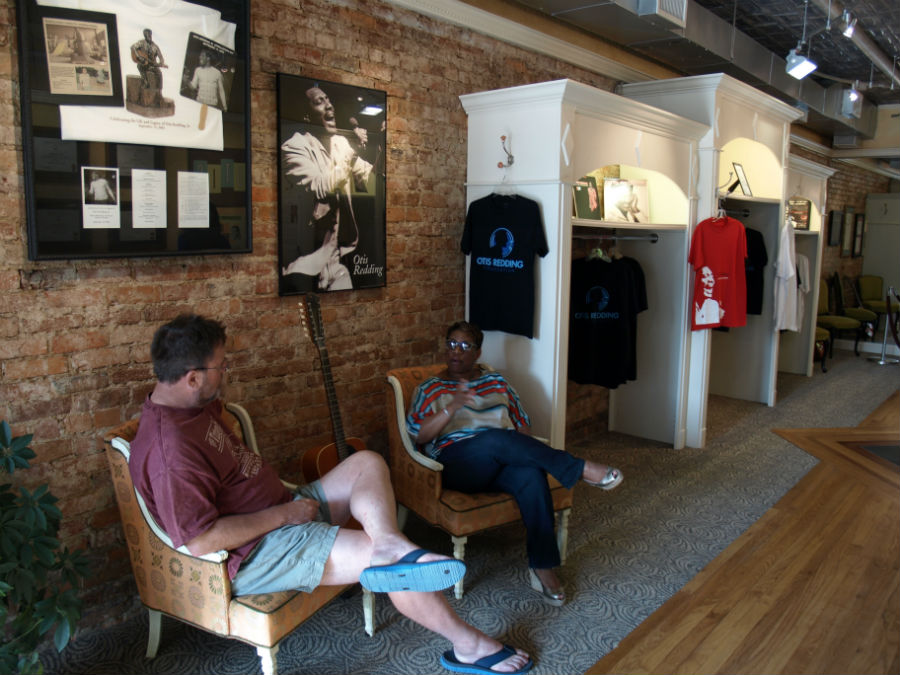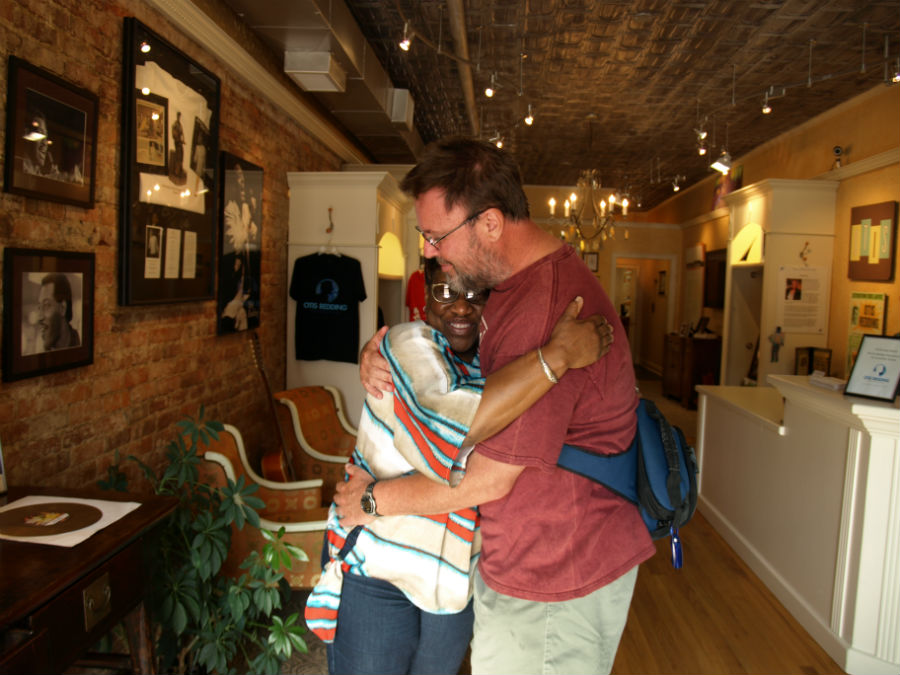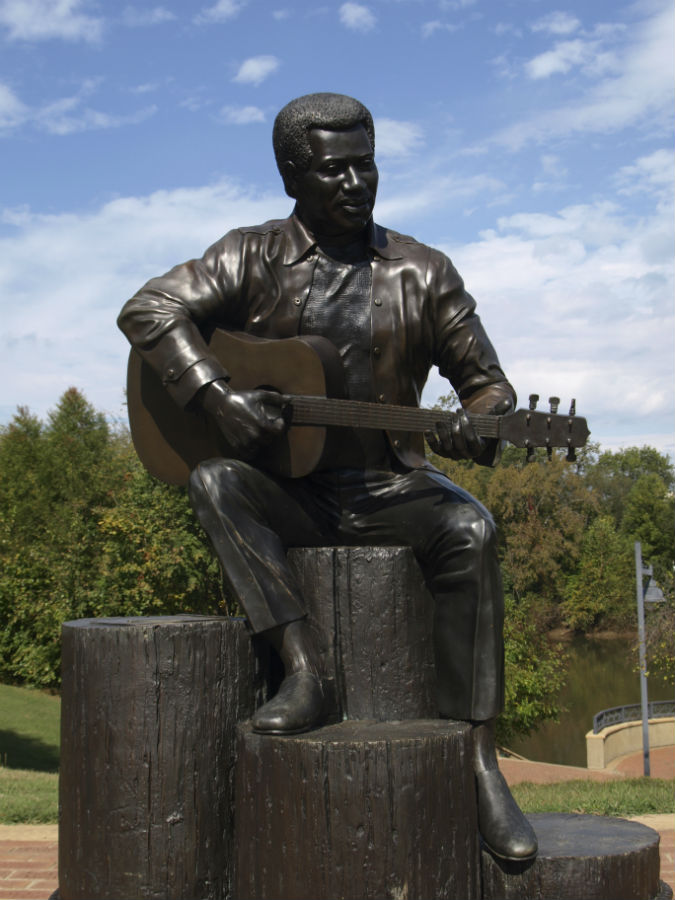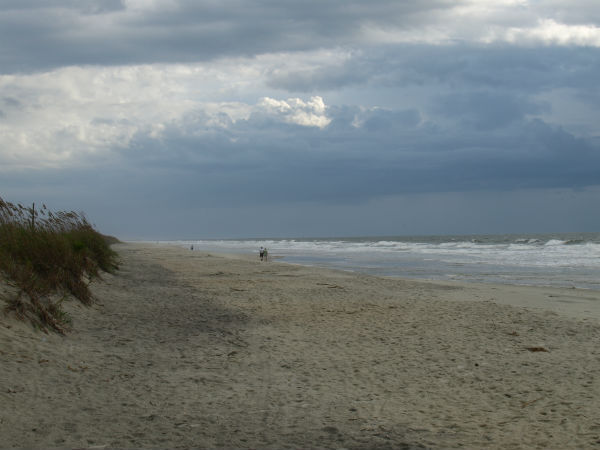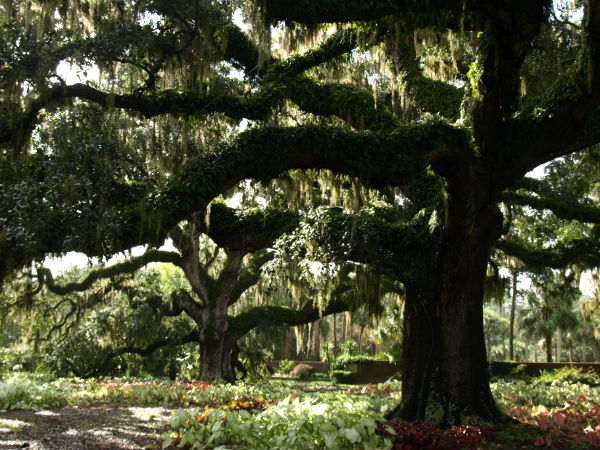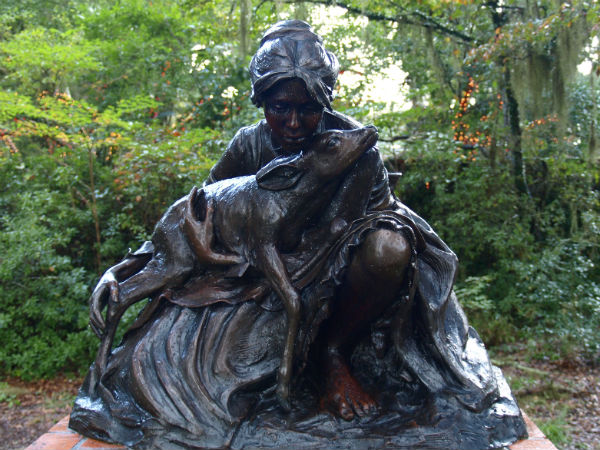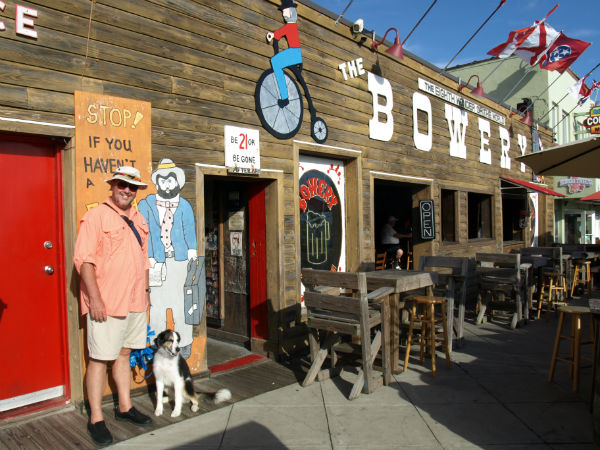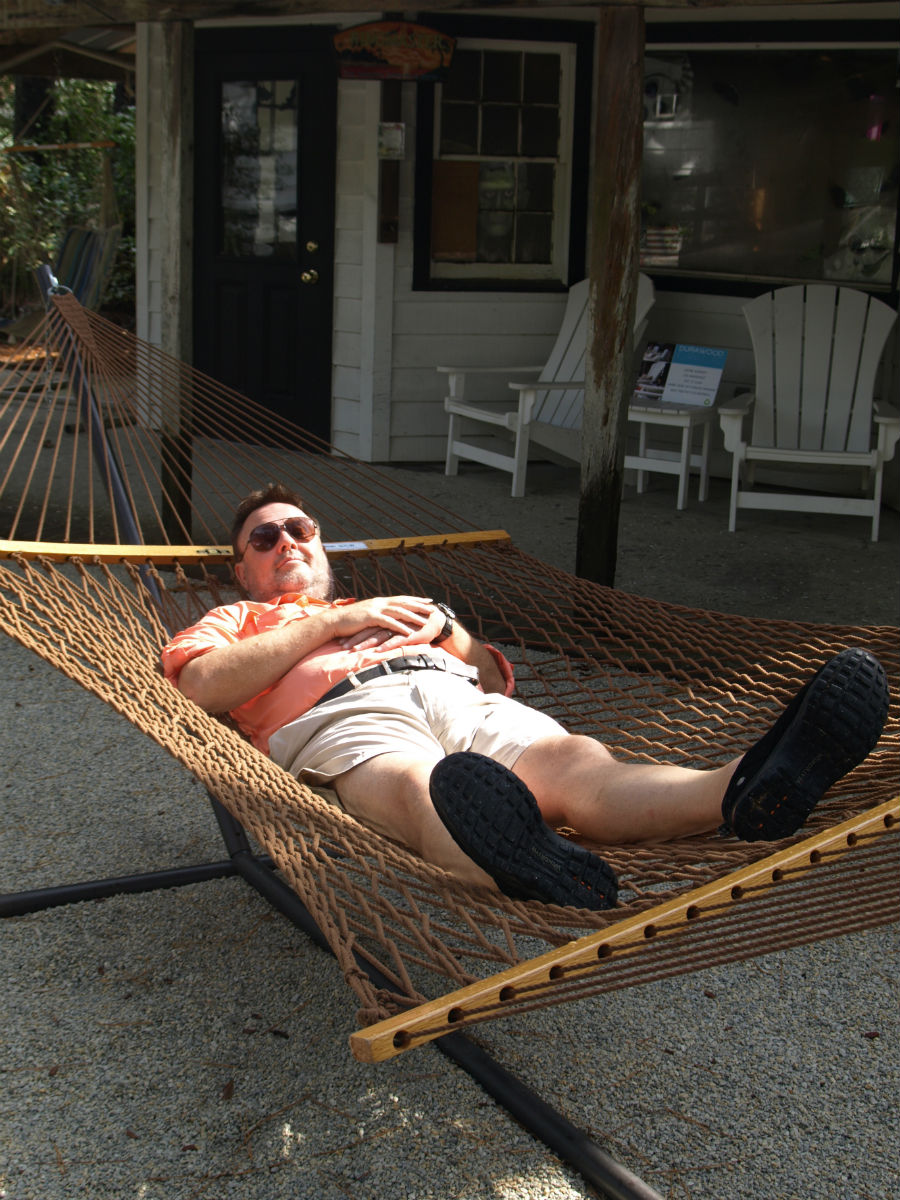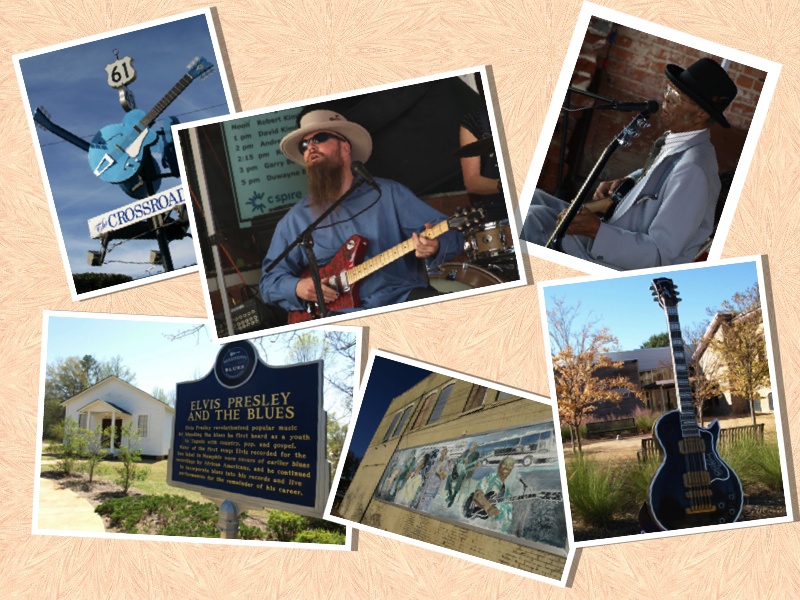What does an automobile assembly line have in common with Motown music? It turns out, more than the name. And we found out exactly what at the Hitsville U.S.A. Motown Museum in downtown Detroit.
The house that was home to Motown Records is now dedicated to telling the story of how founder Berry Gordy Jr. was influenced by a short stint working on the assembly line at the Ford Motor Company. He hated the boring nature of the work, but the rhythm and tempo of automobile production inspired him to write tunes in his head to the beat of the assembly line.
Tired of the repetition of the assembly line, young Berry quit and went into writing music. On the day he received a royalty cheque for a mere $3.19, he got a piece of advice from Smokey Robinson: “If $3.19 is all you’re going to get, you may as well go into business for yourself.” Berry agreed and the rest is music history.
First, he thought of how a bare metal frame would come rolling down the assembly line and then come out the other end a brand new car. He decided to take the same approach with the music he wrote. He wanted to create a place for a young kid off the street to walk in one door unknown and out the next door a star.
Berry developed a training process with four coaches help train young artists: a music arranger who taught four-part harmony; one who taught social graces; one for a smooth and competent performance; and finally one who taught choreography and dance moves.
Then, by creating more than 30 record labels, Berry was able to get his songs played on radio. On the early albums there was a variety of artists on one album.
Hitsville was open 24 hours a day, seven days a week so that any artist who felt inspired by a great idea could get to work right away. It was a fun and creative work environment, but first it was a business.
Highlight of the hour-long tour for Craig was definitely stepping into the Snake Pit – Studio A – that got its nickname from the microphones hanging from the ceiling. Any Motown song that was recorded from 1959 to 1972 was recorded in this space. Just like the family apartment and the lobby, Studio A has been left in its original condition.
This is where the magic happened. At the time, the whole band and singers squeezed into what was a renovated garage. The instruments and control room equipment are all original – Earl Van Dyke’s Hammond B3 organ, an 1877 Steinway grand piano that was played by Marvin Gaye and Stevie Wonder (the insides were restored as a gift from Paul McCartney; Berry wanted the exterior to stay in its original state), a set of vibes and drum set.
The Snake Pit is the setting in the film, Standing in the Shadows of Motown. At its heart are The Funk Brothers, a group of Detroit jazz musicians who were Motown’s house band.
Every Friday in Studio A, Berry held a Quality Control meeting where various artists spoke in front of the staff, musicians and other artists to make a case for which record should be released next. After listening to the song, the group would vote.
Berry would stand and ask just one question: If you were hungry and down to your last dollar, would you buy this record or would you buy a chili dog? He knew if the record was chosen over the chili dogs then this record was really good. If the hot dog was chosen over the record, the record would not be released.
